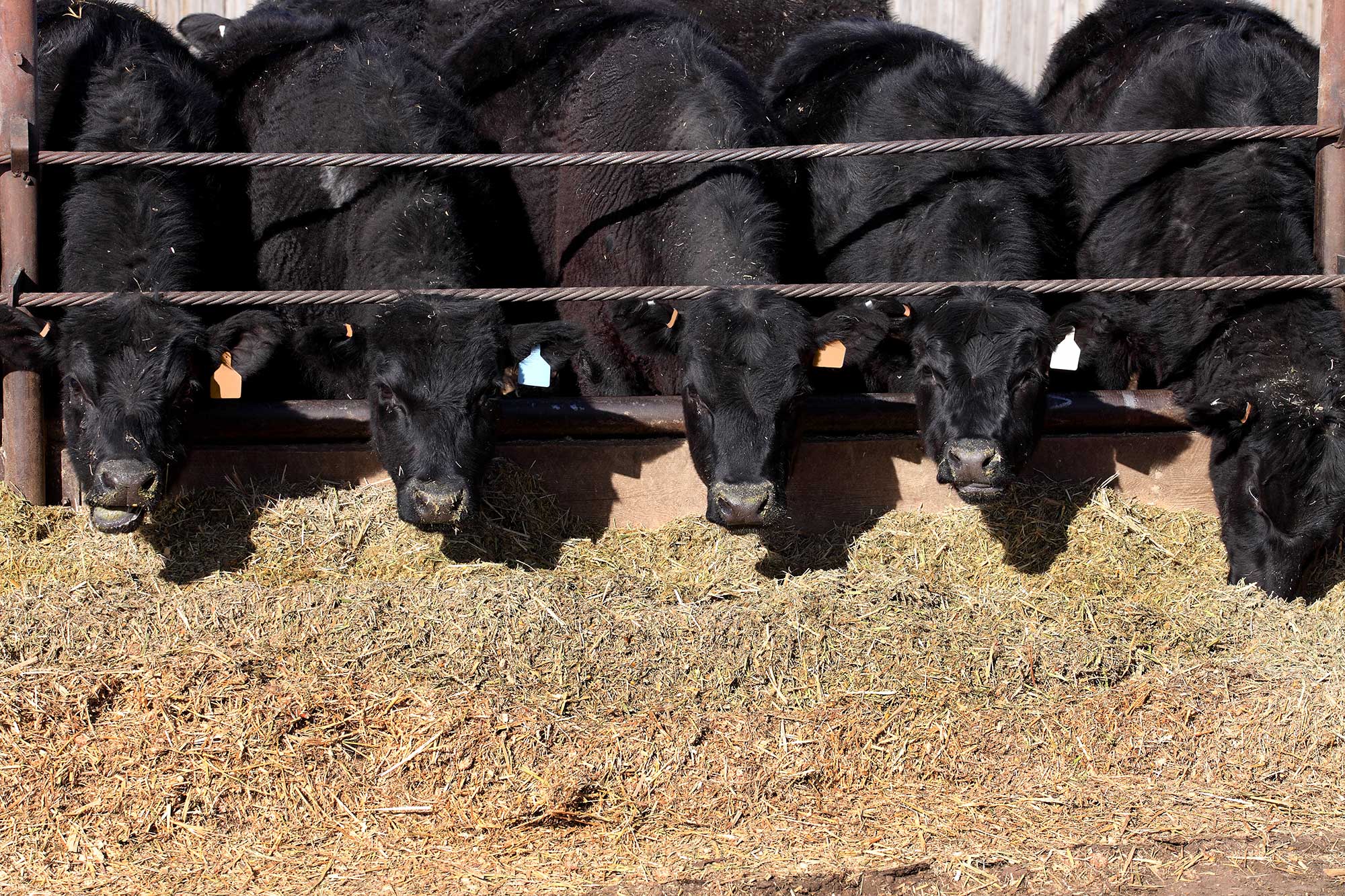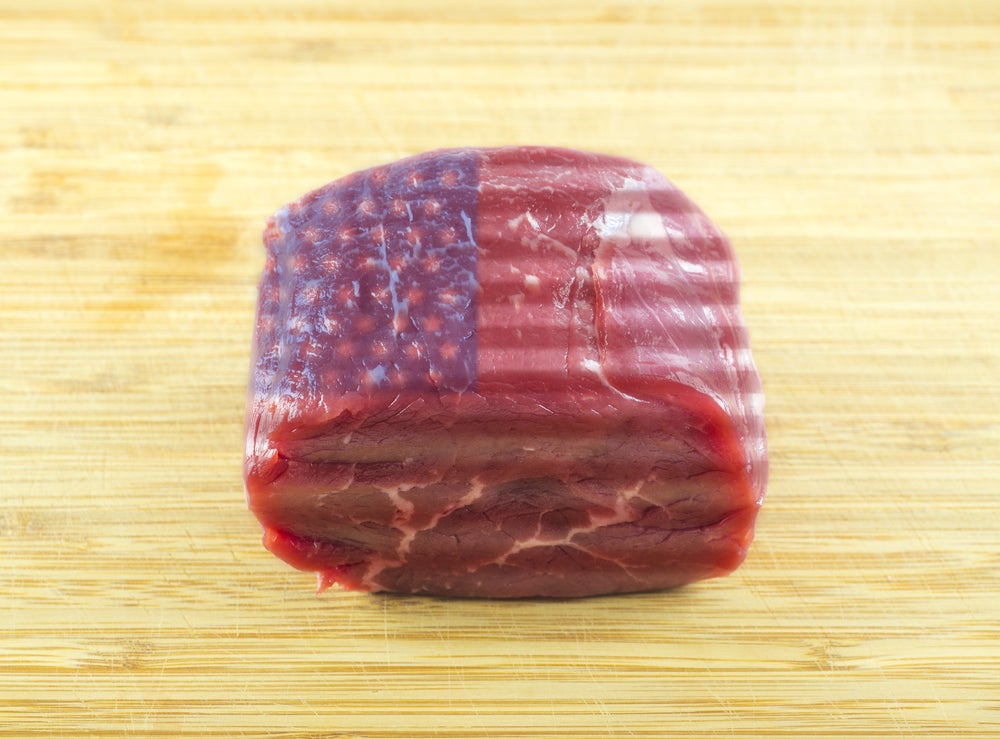Beef has become the latest casualty in price markups with prices rising sharply and showing little sign of relief. After a year of steep hikes in egg prices, Americans now face record highs at the meat counter — with ground beef and steak leading the surge. The good news? Americans are still buying beef.
According to the U.S. Bureau of Labor Statistics, beef prices have jumped nearly 9 percent since January, retailing at an average of $9.26 per pound. The June Consumer Price Index showed steaks up 12.4 percent and ground beef up 10.3 percent over the last year.
“Beef is way more complicated than eggs,” Michael Swanson, chief agriculture economist at Wells Fargo, said to CNN. “The cattle industry is still the ‘Wild West’ of the protein market, whereas the egg market is more ‘Corporate America’ with its supply and demand management.”
Shrinking cattle herds are at the heart of the issue. “Ground beef prices across the U.S. continue to reach new highs, driven by shrinking cattle herds, with looming import restrictions threatening to push costs even higher,” reported Hugh Cameron of Newsweek. As of January 1, the U.S. cattle herd stood at 86.7 million head — the lowest since 1951, according to the U.S. Department of Agriculture.

“This is a situation that’s been developing for several years,” agricultural economist Derrell Peel told Newsweek. “The droughts regions of the U.S. have faced since 2020 have pushed cattle numbers to their lowest levels in decades.”
That drought has also made feed more expensive. “Even with these record high prices, margins for cattle farmers and ranchers are razor thin thanks to continued elevated supply costs,” wrote Bernt Nelson, an economist for the American Farm Bureau Federation.
Adding to the strain are increased rancher incentives to sell off herds.
“For them, the balance is, ‘Do I sell that animal now and take this record high check?’ Or ‘do I keep her to realize her returns over her productive life when she’s having calves?’” said David Anderson, a livestock economist at Texas A&M, in comments to ABC News.
Reports indicate that external shocks are compounding the supply problem. The emergence of the New World Screwworm — a flesh-eating parasite found in Mexican cattle — led the U.S. Department of Agriculture to suspend imports from Mexico earlier this year, disrupting a critical supply line that accounts for 4 percent of U.S. slaughter cattle.
Meanwhile, trade tensions are rising. Axios’ Kelly Tyko reported that “a new 50 percent U.S. tariff on Brazilian imports starting Aug. 1 could further disrupt global supply chains.” Brazil provides about 23 percent of U.S. beef imports, and the tariff threat has already led Brazilian exporters to reconsider shipments.
“Imported beef from countries like Argentina, Australia and Brazil now account for roughly 8 percent of US beef consumption,” said Swanson. But that number could shrink if trade barriers continue to rise.
Despite soaring prices, American demand for beef remains strong. “It’s the height of grilling season and demand in the U.S. for beef remains strong,” reported The Associated Press’ Josh Funk, quoting Kansas State agricultural economist Glynn Tonsor.
And consumer behavior hasn’t shifted much. “If prices remain this high, shoppers will likely start to buy more hamburger meat and fewer steaks, but that doesn’t appear to be happening broadly yet — and people also don’t seem to be buying chicken or pork instead of beef,” Funk noted.
Some retailers are trying to adapt. Walmart recently opened its first owned-and-operated beef facility in Kansas to reduce supply chain costs.
Experts warn that relief is not imminent. “It might be at least two to three years before we would see any significant change on the supply side that would ultimately lead to some moderation in beef prices,” said Peel.


